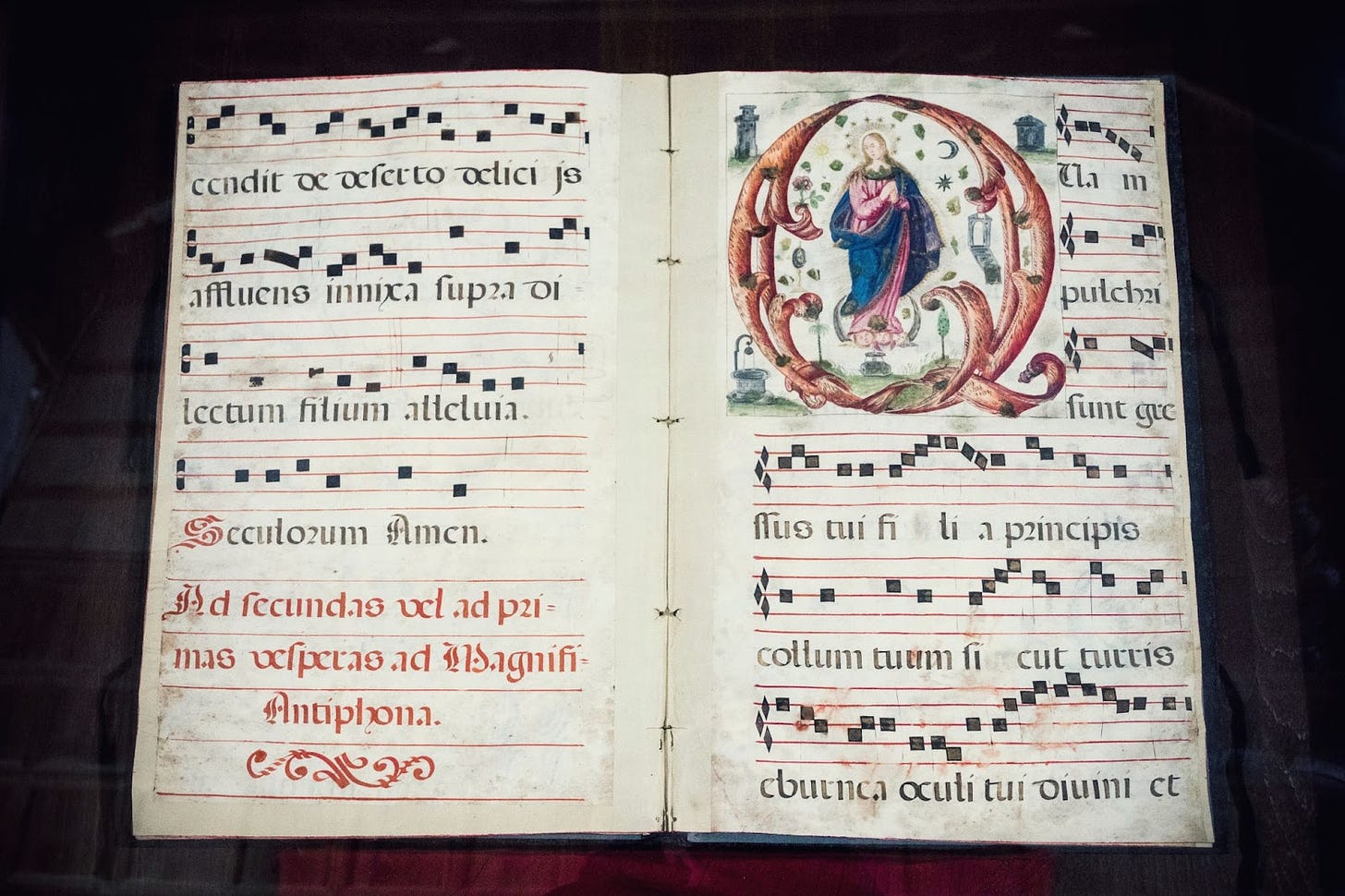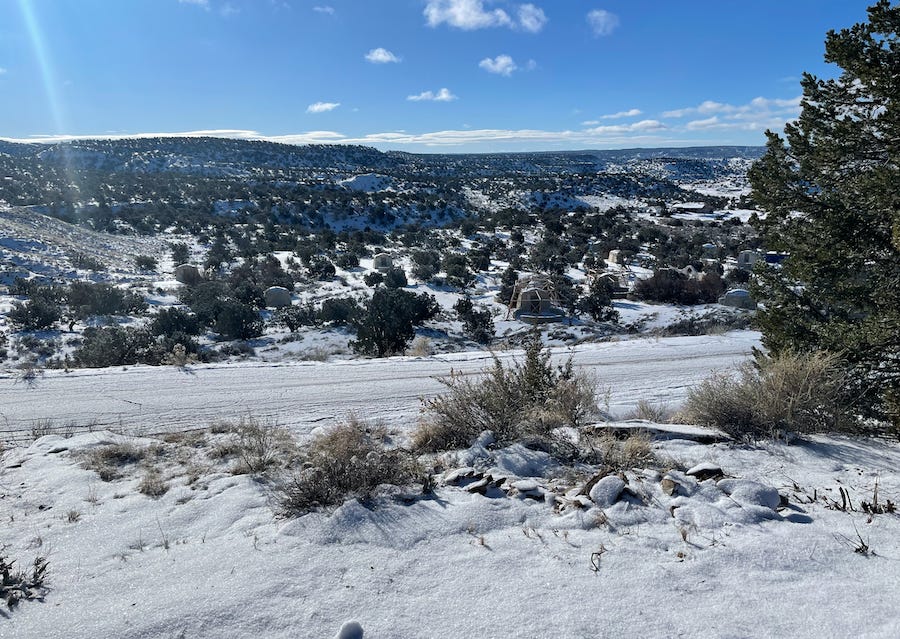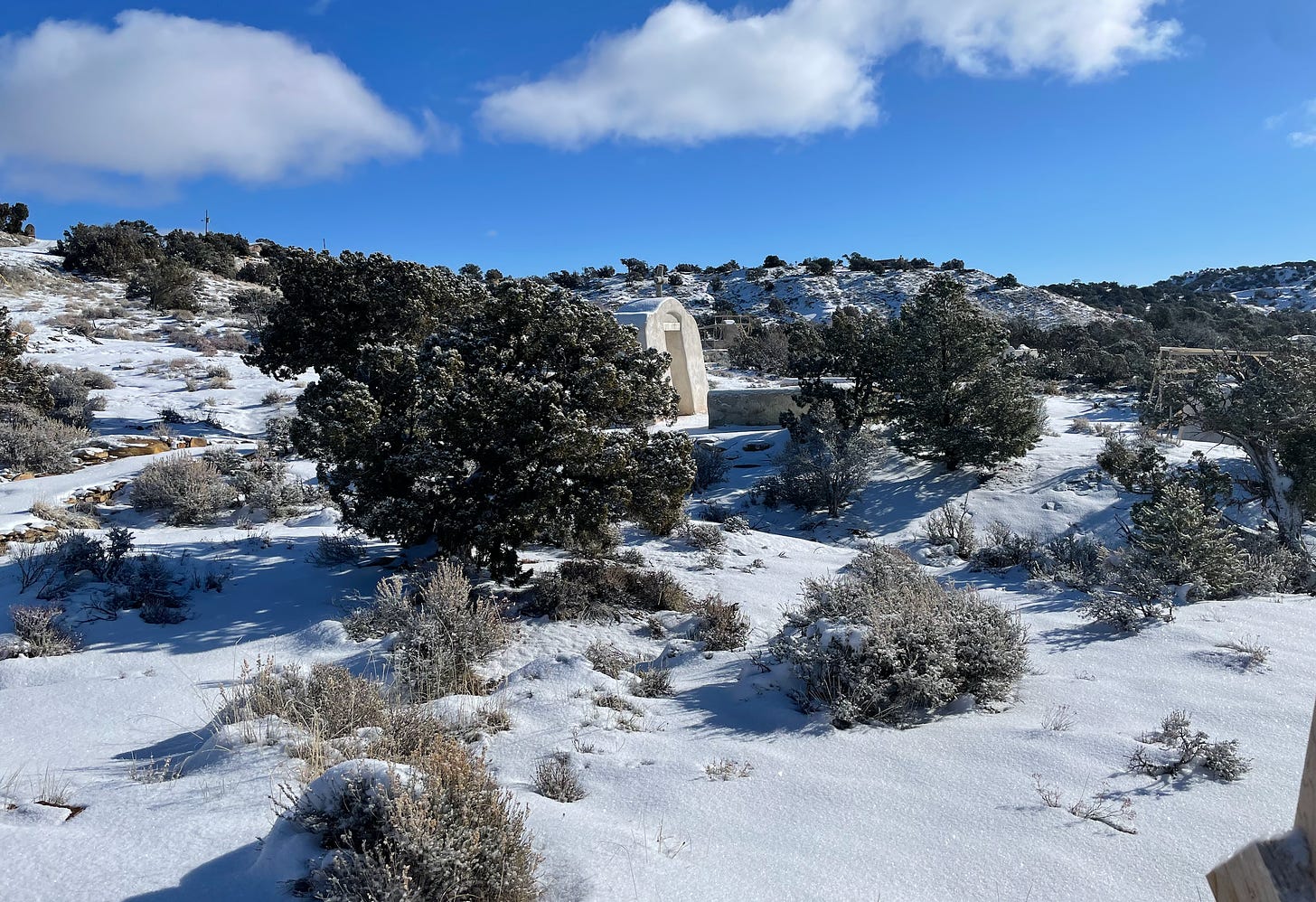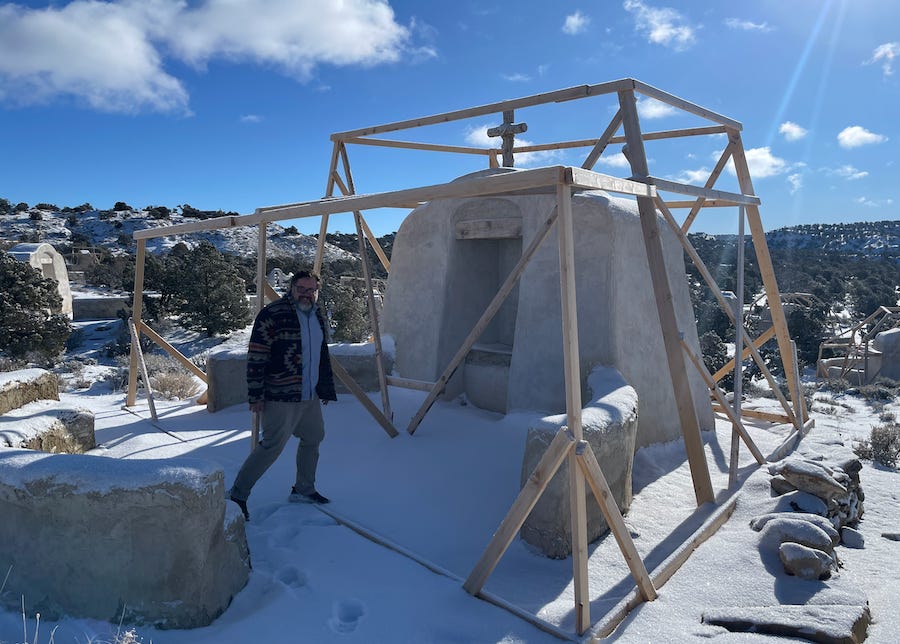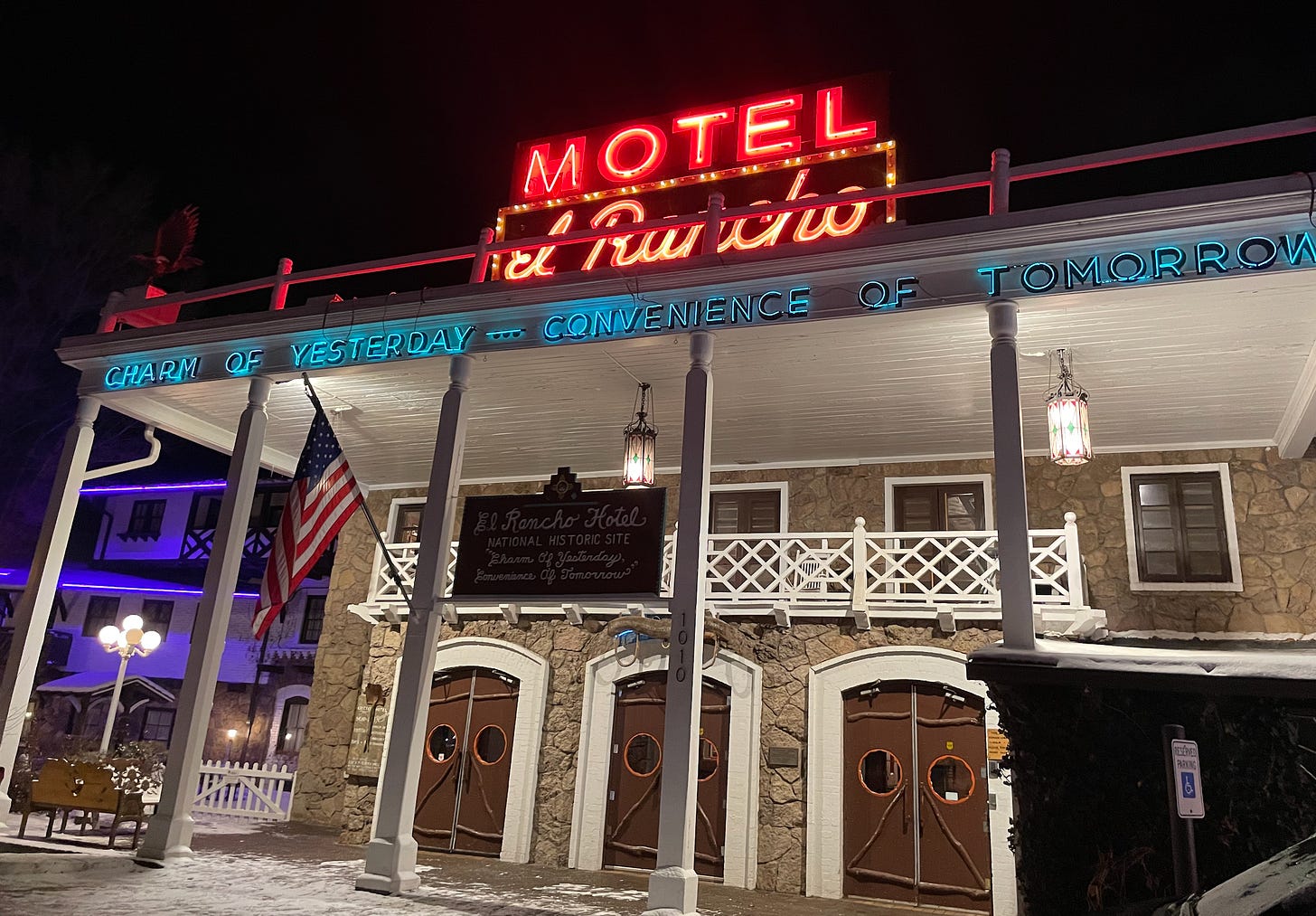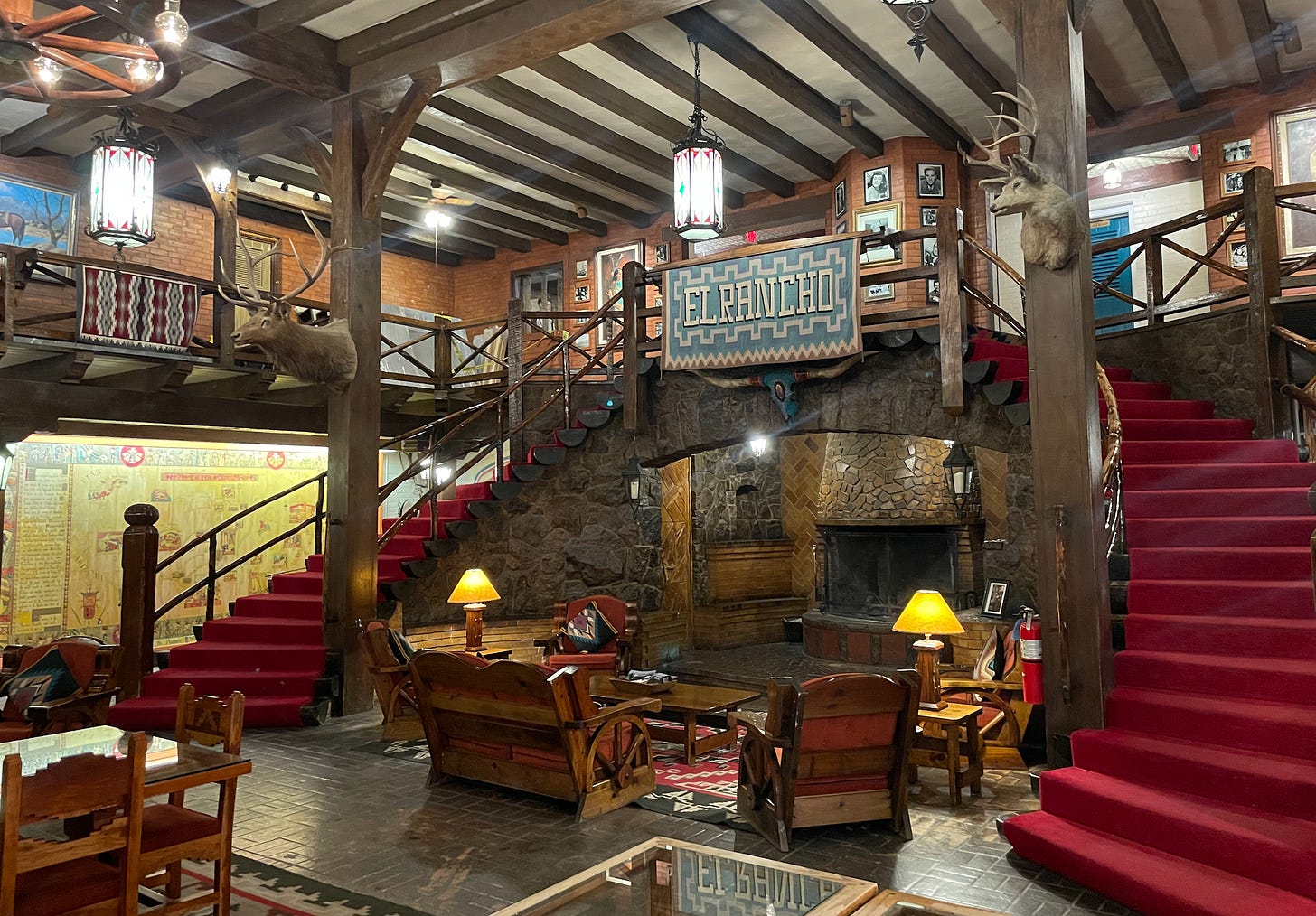Hey everybody,
It’s Fat Tuesday, and you’re reading The Tuesday Pillar Post.
I don’t know about all of you, but where I live, today is both Fat Tuesday and, de facto, Valentine’s Day (Observed), since Ash Wednesday would seem an inappropriate time for that commemoration of romantic love which we attach to St. Valentine’s martyrdom.
Valentine’s Day (Observed) means my kids this morning are enjoying chocolates and candy hearts, with the full understanding that they’ve got to finish their bounty before tomorrow morning, when our family will get serious about spiritually preparing for the Lord’s Passion, and his Resurrection.
And this morning, Mrs. Flynn dropped a little bit of a surprise on me.
See, when I asked her last week about Valentine’s Day, Mrs. Flynn assured me that we don’t observe the holiday between ourselves.
“We actually never do anything for Valentine’s Day,” she said. “Don’t you remember?”
I have been married almost 20 years, but I have no idea about our Valentine’s Day customs, so I readily assented.
But after assuring me that we exchange nothing, my favorite Valentine left this morning on the breakfast table a box of my very favorite candy.
Luckily, I predicted that surprise might happen, and last week I ordered for Mrs. Flynn a tasty treat from her favorite baker, which I’ll pick up later today, thus restoring balance to the universe.
As to Lent, we’ll pick up our family rosary practice during the holy season, start turning off tv more, and make some other fasts.
On a personal level, I’ve got some planned fasts lined up for Lent, and some planned spiritual disciplines. Each Lent, I try to take up the spiritual discipline of hand-copying Scripture, which I find to be both edifying and demanding — especially the needed fortitude to stick with it through the course of Lent.
I also aim to better commit to my promises of intercessory prayer for other people. I’ve always been struck by the discipline of St. John Henry Newman on this. Insisting that intercessory prayer is the ordinary duty of the Christian, Newman was good about carrying with him his long list of people to pray for, with specific intentions and requests, and about spending time with the Lord and that list every day.
When I promise to pray for someone, I try to do it as soon as the promise is made, so I won’t forget. But I think there’s something important to consistency and regularity about those prayers, so that’s what I’m aiming for this Lent.
And whatever else you’re doing this Lent, readers, you might be among the millions of Americans who find yourselves eating fast food fish ahead of Easter. If so, you should check out Brendan Hodge’s excellent taste/price/value analysis of some of the best Lenten fish sandwiches.
Really, give it a read. It’s a classic Brendan analysis, and that’s a very good thing.
The news
Let’s start with this:
Because of a federal rule change, thousands of priests, brothers, nuns, and religious sisters could be required to leave the United States in the next few years, while their applications for permanent residency are backlogged, with little prospect for relief in sight.
The issue could have dramatic impact on parishes and dioceses across the United States — and yet it’s gotten almost no attention from most Catholics.
And diocesan, religious order, and USCCB leaders told me that’s too bad, since they’re hoping that pressure on the federal government might spur a rule change.
Without change, this situation is a very big deal. With the number of foreign-born parish pastors continuing to grow, the situation could impact a lot of parishes.
—
A Michigan priest, Fr. David Rosenberg, was convicted of eight felonies Friday, after a jury found he stole more than $830,000 from elderly priests for whom he supposedly helped to care — including one priest on his deathbed.
As financial crime among clergy becomes more widely known, dioceses are learning in real time how to respond canonically to situations like Fr. Roseberg’s — and how to prevent them in the first place.
If you’re an avid Pillar reader, you may have read about Fr. Rosenberg’s case back in September. Whether you did or you didn’t, read the latest here.
—
Indian elephants are up to 10 feet tall and can weigh as much as 11,000 pounds.
According to Major Archbishop Raphael Thattil, Indian officials are chronically negligent when it comes to the prevention of animal attacks. And the Church says that when the government won’t intervene, the poor are put at risk.
Figuring out how to undertake that task — and produce a serious and credible result — is no small feat.
So the pope appointed in 2022 Maud de Boer-Buquicchio to help lead the process — a Dutch jurist who spent six years as the UN’s special rapporteur on the sale and sexual exploitation of children.
In an in-depth and important interview, De Boer-Buquicchio talked with The Pillar about the report and its significance.
—
Finally, a longread from Michelle La Rosa that you’ll want to spend time with.
If you spend much time in Catholic circles, you’ll hear a lot of people talking about the importance of “sacred music.”
But what people mean by the term “sacred music” is often pretty vague, and even when they have specifics, there are a number of contradictory or competing ideas about what kind of music the Church says should be featured at Mass.
Michelle talked with a diocesan bishop, some liturgical scholars, and some parish musicians, as she aimed to unpack the Church’s documents on sacred music and sacred worship — to answer a simple, but often contentious question: What exactly is sacred music?
This is a great read, with a reasonable range of perspectives, and a lot to think about.
A thing of beauty
St. Kateri Tekakwitha was baptized a Catholic in 1676, at the age of 20. She had spent most of her childhood living with extended family, after her parents died of smallpox when she was four. The same smallpox outbreak had left Kateri nearly blind.
She heard the Gospel nine years before she was baptized a Christian, and became a catechumen when she was 18, spending almost two years preparing for her baptism.
As a Christian, Kateri loved to pray. But she faced hostility in her community, and even her family, from neighbors and relatives who accused her of witchcraft or sorcery.
In that context, Kateri developed some discreet habits and practices of prayer — For example, to pray the rosary, she dropped small stones along paths outside her village, praying as she stepped on each stone, while she seemed to be taking a walk.
I tell you all this because I was in the Diocese of Gallup, New Mexico, this weekend — a diocese mostly comprised of the territory of the Navajo nation, and including other Indigenous pueblos established as reservations in federal law. Much of the diocese is populated with Native American Catholics, whose culture and heritage are present in the life of the Church there.
To better express and honor that, the Gallup diocese is building at its retreat center a rosary walk inspired by St. Kateri — a series of paths in a pine and piñon canyon, where pilgrims will be able to walk the rosary, as Kateri did. Small shrines along the way are being hand built of adobe bricks, using the traditional methods of the region. Eventually there will be even a small chapel among them.
It’s a beautiful place.
Now, in recent weeks, the St. Kateri Rosary Walk project has advertised a bit in Pillar newsletters and podcasts, inviting young men to consider applying for a summer working on the rosary walk project.
But this right here, what I’m writing now, isn’t an advertisement. Instead, it’s my own reflection, having visited a beautiful project, in the poorest diocese of America.
I was struck by the inculturation of the project, which incorporates both Kateri’s prayer devotion and local building methods and practices.
I was also struck by the beauty of an invitation to come and pray in the quiet solace of the high desert, some of America’s most beautiful country.
And I was struck by the power of witness embedded in the project itself — that Catholics in America’s poorest diocese have decided to build something beautiful for the Lord, to help raise our sights toward the heavens, even in a tucked away corner of the United States, off the beaten path for most travelers.
We need beautiful things. They give glory to God, and they point us to his transcendent beauty. No matter our material circumstances, we need beauty to point us beyond this world, into the glory of the next.
I’m grateful that the Catholics of Gallup, New Mexico reminded me of that this weekend.
Visit the St. Kateri rosary walk, if you can.
And while you’re in Gallup, you can visit the cool, old, historic El Rancho Hotel, where movie stars once stayed while they shot westerns in the redstone canyons outside of town.
It’s worth seeing:

And pray for the success of the rosary walk project, if you would.
And before you go, take a second to think about this week’s Tuesday Pillar Post. We’ve got news, features, and interviews which matter, and which you won’t read anywhere else. I’m proud of our news this week, proud of the difference that The Pillar makes in the life of the Church. Proud that you can’t get reporting like this anywhere. And proud that we do it all without special interests or powerful mega-donors breathing their agendas down your necks — we do it one subscriber at a time, so we can be independent, serious, and faithful.
If you haven’t yet, would you subscribe to The Pillar?
Thank you.
Please be assured of our prayers. And please pray for us. We need it.
And happy Lent, so to speak.
Yours in Christ,
JD Flynn
editor-in-chief
The Pillar
Comments 25
Services Marketplace – Listings, Bookings & Reviews


